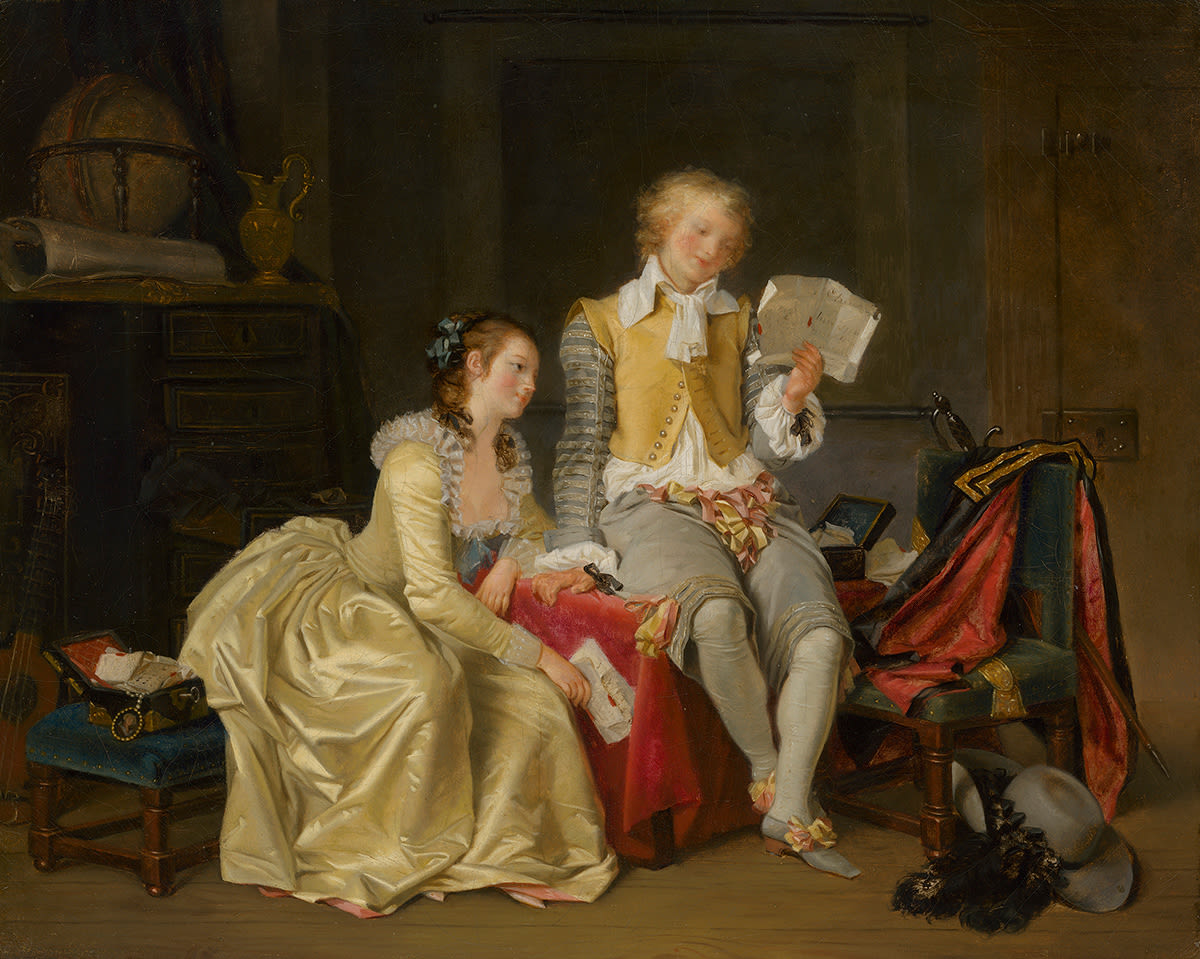Early modern Europe was a paper age! Let's focus, once more, on the paper usages of a period that mastered so many communication flows on paper. Another thread for #paperhistory #bookhistory
1/x
1/x
https://twitter.com/RembrandtsRoom/status/1326116633086189569

Let's start with the obvious: people are writing in this painting and in general. The material they are writing on - paper sheets, bound blank books, etc. It is paper letters (and paper envelopes), paper pages in accounting books, in writing books. All on paper.
2/x
2/x

Paper was used for many writing purposes. Yes, only a few could write, but many came into contact with paper. In this scene the "paper manager" is a lawyer. The many papers around him are showing the law business as one of the many paper using activities. Inky paper states!
3/x
3/x

Where to put all the used and waiting paper? This lawyer's cabinet decided, like many secretaries and lawyer at the time, to use document bags - literally filled with paper. These bags could be seen hanging in administration buildings. You may enjoy @EricKetelaar on this.
4/x
4/x

A closer look offers stored blank "fresh" paper, yet unused material. Paper is always waiting for usages in our images, by the way.
What we see here is paper wrapped in small trading units of the paper trade. You could buy it as single sheets or in units up to 500.
5/x
What we see here is paper wrapped in small trading units of the paper trade. You could buy it as single sheets or in units up to 500.
5/x

Every administrative activity produced streams of used papers in different variations and media forms, and all these papers needed archiving systems and order. Letters, drafts, documents, etc. - storing was a paper business in early modern Europe.
6/x
6/x

In order to use paper for writing or documenting, one needed a storage system that made paper available in the needed format, quality and size. This writing desk, where content was formed on paper, is made of stored paper portions waiting. What a nice detail.
7/x
7/x

The early modern paper worlds were messy places too. Too often newly written communication flows, like the one depicted at the desk, made use of older paper books. Recycling ideas for inspiration was a paper activity. Old paper inspired new paper, if you like.
8/x
8/x

Apropos, 'old' paper. Early modern Europe was also an age of paper recycling. When drafts became useless, letters outdated, papers turned vastly and steadily into used papers. And these leftovers formed and fueled the material production of new papers many were waiting for.
9/x
9/x

Attention to the document bags. As @EricKetelaar's great "Archiving people" is explaining in detail, these bags were full of written pages. The opening and closing of the bags was at court a formal procedure; however, it was a paper exchanging business.
10/x


10/x



And how did all these waiting papers get into the many secretaries? Dealing with paper was a trade, and paper was sold at many places in early modern Europe. These paper flows need more attention. In March 2021 we expect this volume to be published:
11/x
https://twitter.com/dbellingradt/status/1286560789814484993?s=20
11/x
@threadreaderapp unroll
• • •
Missing some Tweet in this thread? You can try to
force a refresh






















